“Look outside!” exclaimed my colleague and friend, Sourav, peering out of the train window with a cup of coffee in hand. There was a natural touch of surprise in his voice. I nodded affirmatively, taking in the view. The landscape was blanketed in snow, with fields, leafless trees, and even the river coated in a thick, white cover. It seemed like we had entered an ice age.
It was early November. Sourav and I were traveling to Kiruna from Stockholm, eager to chase the Aurora Borealis. We boarded the overnight express train, SJ (Statens Järnvägar or State Railways), from Stockholm to Kiruna.
Kiruna is the only city in northern Sweden within the Arctic Circle, situated above Siberia in Russia.
Our train journey took us through Lapland, a plateau spanning northern Sweden, Norway, Finland, and a bit of Russia. This land, historically known as Sápmi, derived its name from the indigenous Sami tribes who have lived here for centuries. Aurora Borealis
At 9 am, we arrived at Kiruna station, which, unsurprisingly, was covered in snow. Despite wearing thick down jackets, the cold was biting. As we disembarked, we noticed other passengers lining up. Curious, I asked one of them what was going on and learned, “This is the free bus line from Kiruna station to the city. Considering the remoteness, the government provides this bus service for free.”
Within a few minutes, a beautiful red bus arrived. We boarded it, along with the other passengers, and soon reached Kiruna city centre. From there, we navigated to our hotel using Google Maps. We shed our shoes and jackets, made two cups of coffee, and enjoyed some cake while discussing our itinerary. Our Aurora expedition would begin after sunset, around three in the afternoon. With only four hours to spare, we decided to explore one of Kiruna’s landmarks. Aurora BorealisAurora Borealis

Our first stop was the Kiruna Church. The streets were deserted, even during the day. The sky was heavy, and the snow had frozen solid, making our footing slippery. Although we had snowshoes, we struggled to keep our balance. Sourav chuckled, “Amlan, observe my walking technique. You’ve trekked in the Himalayas on snowdrifts, but you haven’t walked on frozen snow.” He was right; the grip of shoes on snowdrifts didn’t offer the same advantage on frozen snow. We had to take small, careful steps.
As we walked, Sourav mused, “The people here now have heated houses provided by the government and jobs in areas like government service, reindeer farming, trade, and tourism. But what did they do before?” AuroraBorealis

“In the summer, they did a bit of farming for two to three months, along with animal husbandry—mainly reindeer and sheep. They also hunted and ate reindeer meat, a practice of the Sami people of this region. The Norwegian Sami, of course, fished in the sea,” I explained. “Iron mines here have been famous since the Viking era, and the trade in iron brought business opportunities.” Aurora Borealis Aurora Borealis
“They certainly have their own culture,” Sourav noted. Aurora Borealis Aurora Borealis
“They do,” I replied. “You can find beautiful Sami folk songs and documentaries about their culture on YouTube.”
Amid our conversation, we arrived at Kiruna Church. Opened to the public in 1912, this Gothic Revival architectural marvel is one of the largest wooden structures in Sweden. The red church stood out beautifully against the white snow, and we spent a long-time taking pictures.
Also Read: Makar Sankranti in Hyderabad
The priest came out, greeted us, and offered coffee. He suggested, “Don’t forget to try reindeer meat. If you follow the road in front, you’ll see a food truck serving the authentic dish.”
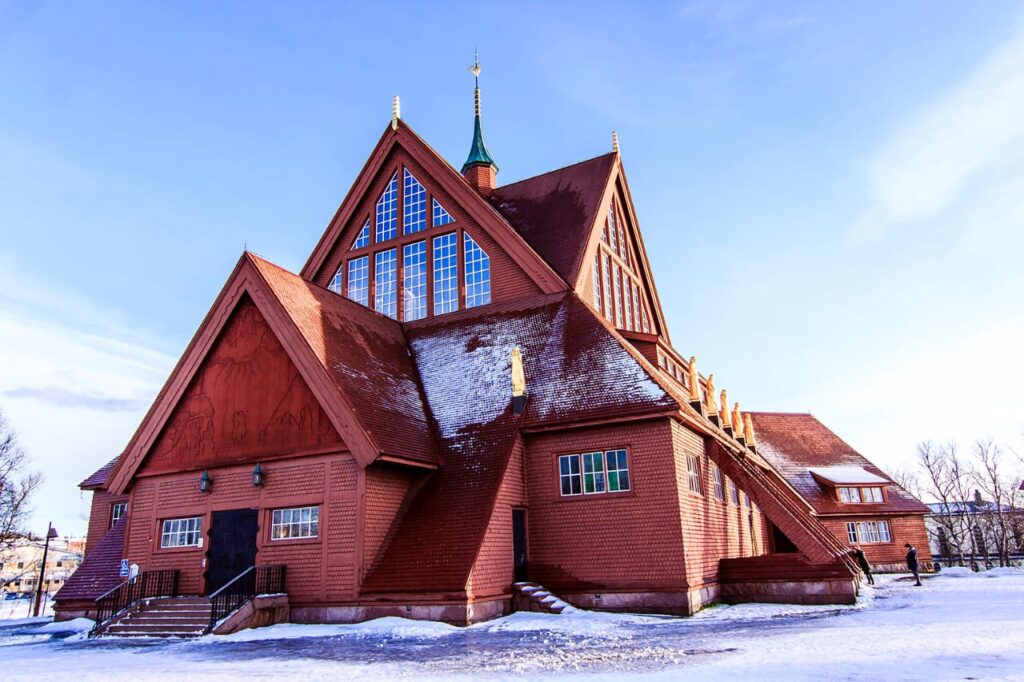
Thanking him, we followed his directions and found the food truck. For lunch, we enjoyed reindeer kebab sautéed with onions, bell peppers and served with French fries, and hot lingonberry juice. Lingonberries, abundant in Sweden’s forests, are widely used for making jam and juice. While I had tried cold lingonberry juice in Stockholm, the hot version was perfect for the frigid Kiruna weather.
After the sumptuous and delicious lunch, we ventured outside the city. It was Saturday, and the iron ore mine was closed for the weekend, so we headed to the ski ground on the city’s outskirts. This location, free from city lights, seemed ideal for viewing the aurora. The sun was setting as the clock struck three.
I checked the “Aurora” app on my phone, which provided hourly and two-week forecasts for aurora visibility.
Several factors influence the visibility of the Aurora Borealis: solar activity, solar wind direction and strength, cloud cover, the ovation oval (the path of the solar magnetic field), and latitude.
If any of these conditions are unfavourable, seeing the aurora becomes unlikely.
“We should go back to the hotel and return in a few hours,” Sourav suggested. I agreed. We needed to gather a tripod, thermal wear, and some dry food.
We set out again at 6 o’clock. By this time, clouds had gathered, and the temperature had dropped to minus 6 degrees Celsius, feeling like minus 10 with the North Pole wind. My feet slipped on the frozen snow, and I fell a few times. Once at the ski ground, we set up the tripod and waited. The sky was dark, and visibility was poor. Aurora Borealis
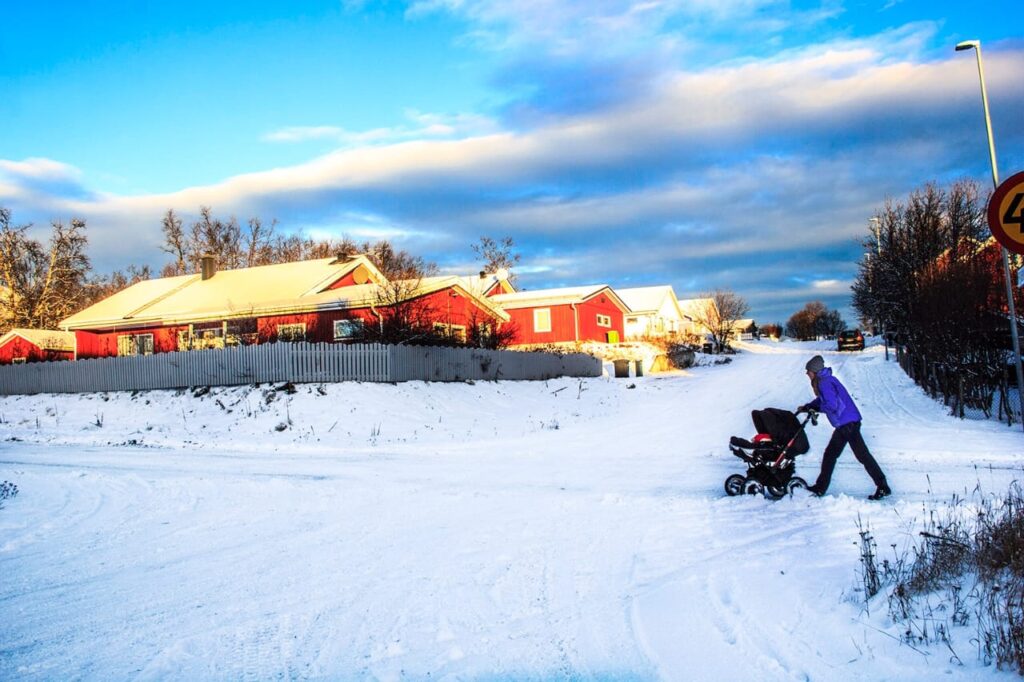
Annoyed, I said, “With these clouds, we won’t see anything.”
“Well, Amlan, don’t local tribes often have beliefs or fairy tales about natural phenomena like this?” Sourav asked.
“They do,” I replied. “The Sami believed that in the cruel cold and darkness, the spirits of their ancestors showed light in adverse situations, offering hope.”
I continued checking the Aurora app while Sourav monitored the cloud forecast and compass.
Suddenly, Sourav exclaimed, “Amlan, look there!” I saw a beam of green light in the sky, as if the universe had lit a torch. The light began to dance—primitive, divine, and demonic. It was as if nature was performing a mystical ballet.
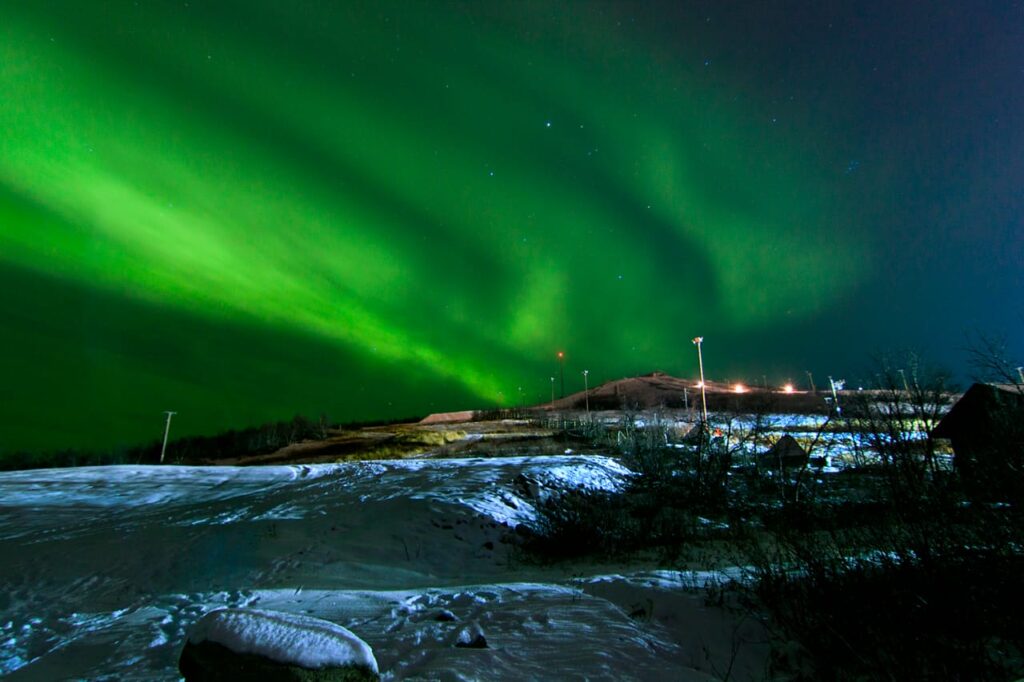
The light show changed every second, creating strange curves and geometries that spread from horizon to horizon. The ethereal waltz of the light invoked my memories of the legendary Smt. Thankamani Kutty’s mesmerizing dance performance, where every beam seemed to move with the grace and precision of her masterful steps. The camera couldn’t capture the full spectacle. I watched, mesmerized, as the Aurora Borealis cleansed my spirit.
The light appeared and disappeared, forming new patterns. Sometimes, two or three beams intertwined, creating intricate designs. They stretched across the sky before fading away, only to reappear moments later.
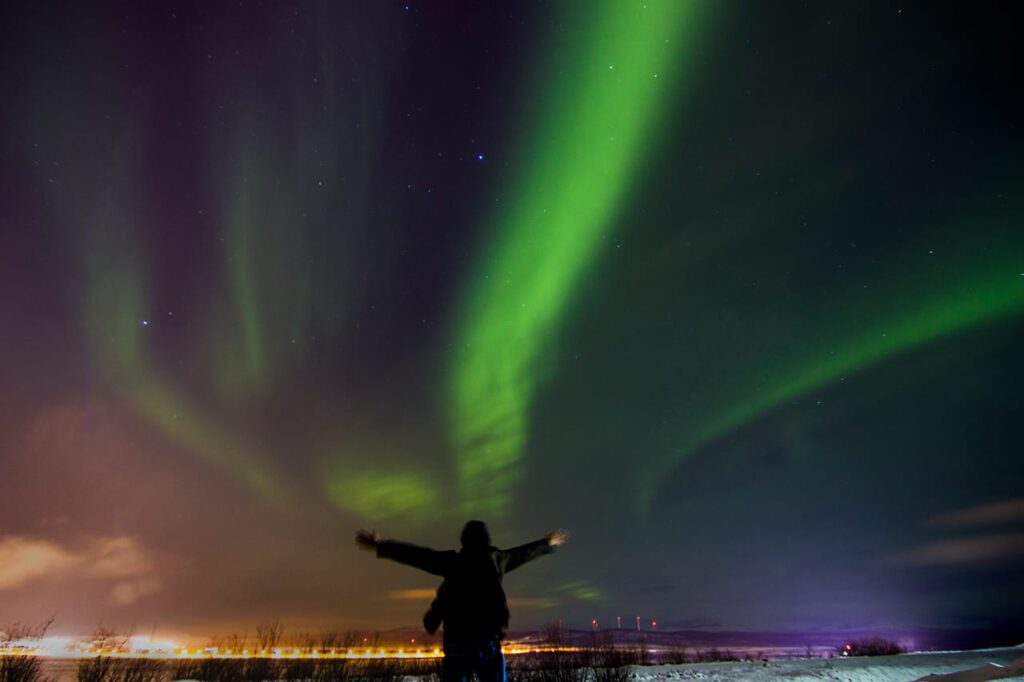
This eternal dance of light has continued, unaffected by the changing world and its rulers. Despite humanity’s impact on nature, the auroras have remained a beacon of hope for the region’s explorers and indigenous people, illuminating the darkness with rare and brave hope.
Image Courtesy: Author
Aurora Borealis
By day, Amlan Chakraborty a technical architect in IT; by passion, he's an explorer, travel writer and photographer. During his travels, he savors the journey on foot or via public transport, immersing himself in the local culture at street food joints and book corners. Through his lens, he captures and shares the essence of nature, humanity, and cultural and socio-political moments.





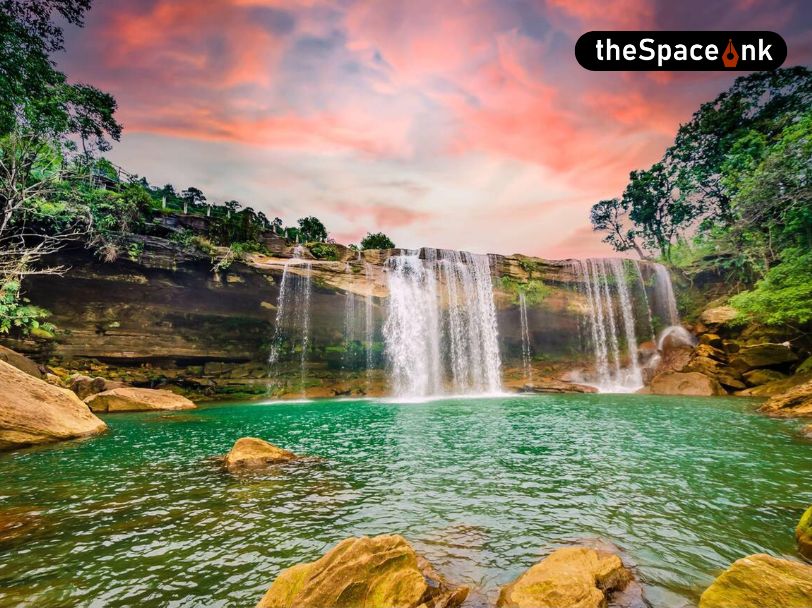
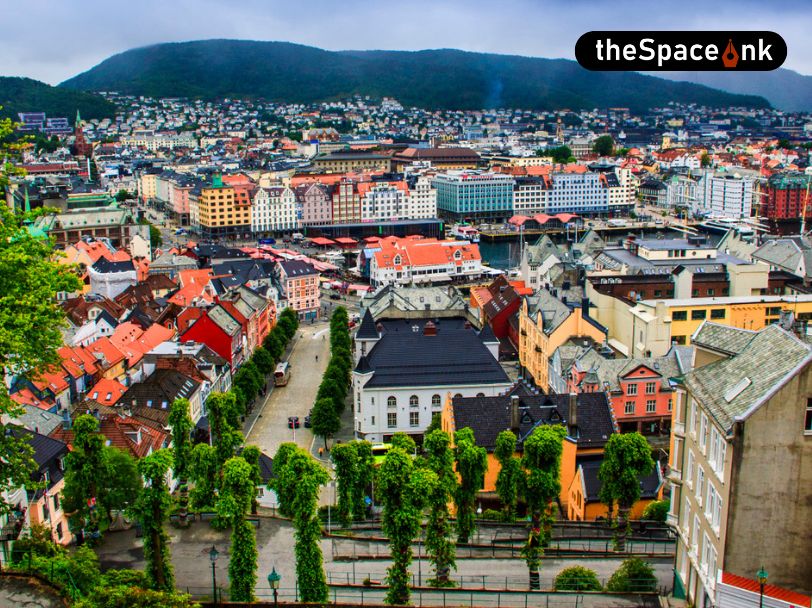
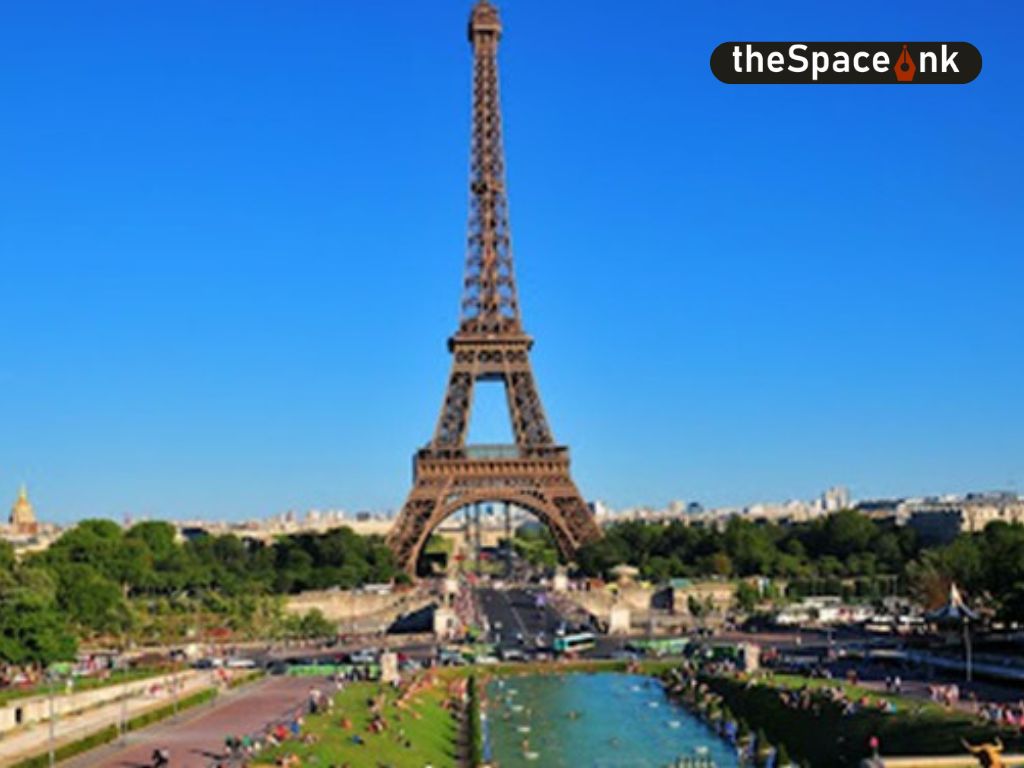
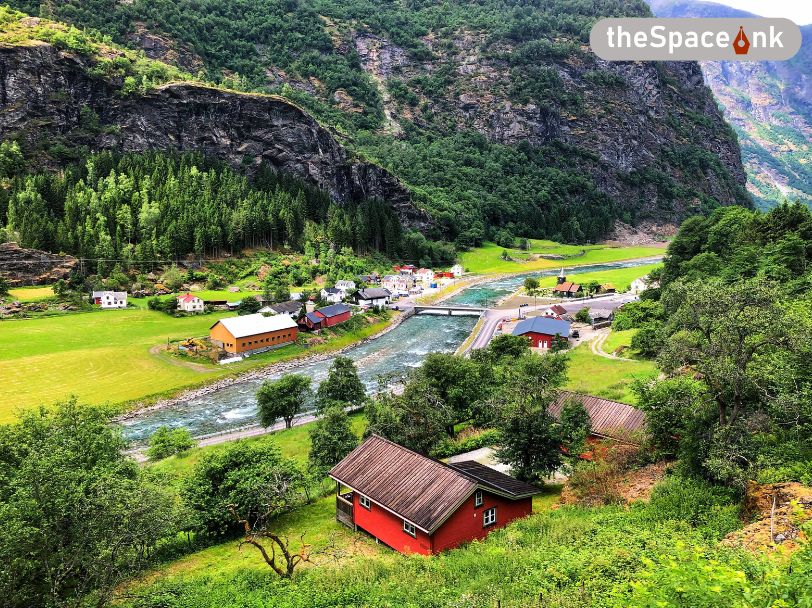
4 Responses
You’ve provided so much value in this one post, thanks!
Congratulation bro, nice line with mesmerizing photography
test
Very interesting topic, appreciate it for posting.